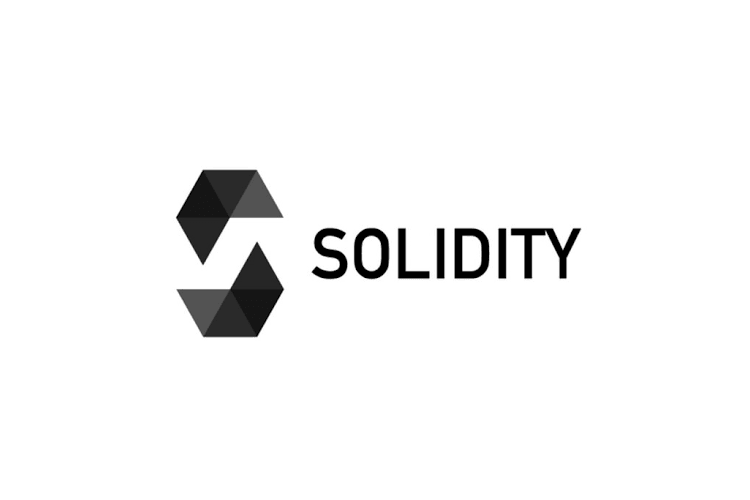Benefits of Smart Contracts for Your Business
Autonomy & Savings
Don't need brokers or intermediaries to confirm the agreement which results in cost savings.
Backup
All the documents stored on the blockchain are duplicated multiple times; thus, originals can be restored in case of any data loss.
Safety & Speed
Are encrypted and automated tasks by using computer protocols, saving hours of various business processes.
Accuracy
The elimination of errors that occur due to manual filling of numerous forms.
The Smart Contract Development Process
The development of a smart contract, also known as its life cycle, goes through several phases. These ensure that the business requirements are correctly defined and secured by the technology. Here is how a smart contract is developed:

Solidity
High-level language for implementing smart contract
1. Define the business logic and requirements
The parties involved define the specific business conditions of the smart contract and communicate them to the developer.
2. Design the smart contract’s architecture
Once the business logic has been determined, developers design the architecture of the contract to represent that logic. This serves as a blueprint during the development process.
3. Develop the smart contract
This stage involves writing the smart contract code for the blockchain platform of choice. This step also includes unit testing to determine if the contract performs as designed.

Ethers
A complete and compact library for interacting with the Ethereum Blockchain and its ecosystem.
4. Testing
Testing a smart contract makes it easier to identify bugs and vulnerabilities and reduces the possibility of software errors that could lead to costly exploits.
5. Deployment on the blockchain
The contract is deployed on the marketplace on which it will operate.
6. Integrate Your Smart Contract With a Frontend
Creating a full stack decentralized application (dApp) by connecting the smart contract to a frontend project and interacting with it.
Our other services



